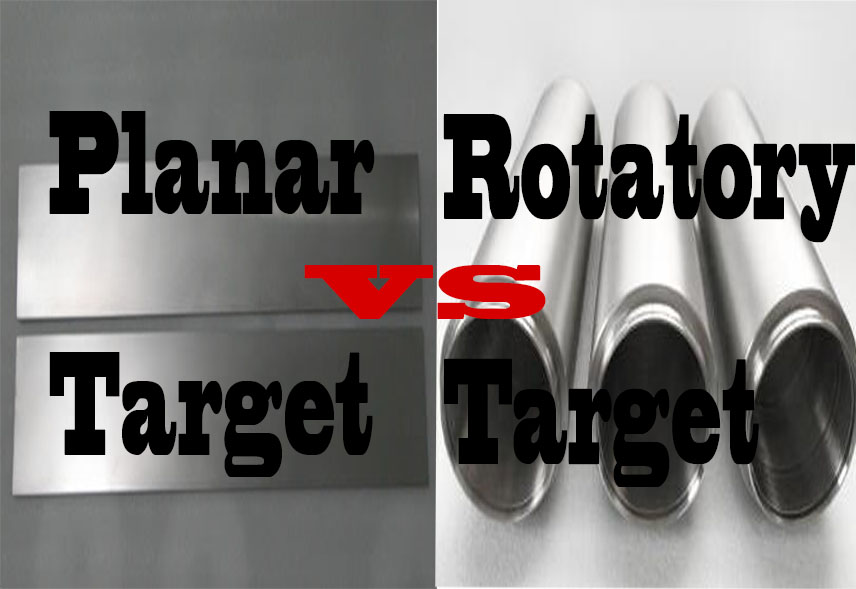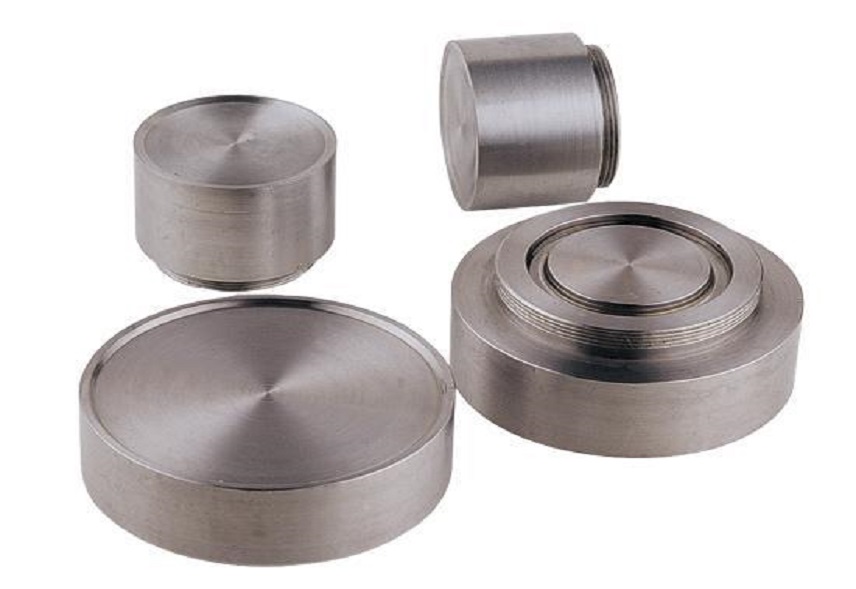Common target shapes are rectangular planar targets and rotatory targets. From the name we can imagine what they look like, as shown below.

The targets of these two shapes have their own advantages and disadvantages. For details, please refer to our previous news Advantages and Disadvantages of Planar target and Rotatory targets. Today, the focus of our introduction is mainly on the cylindrical planar sputtering target, which is a new type of sputtering target, and the application market is very broad. From its name, you can guess what it looks like.
Principle
The structural principle of the rectangular planar magnetron target is applied to the cylindrical magnetron sputtering target, so that the magnetron sputtering target is designed as a cylindrical planar magnetron sputtering target. It combines the advantages of both a planar rectangular target and a coaxial cylindrical target, with uniform coating uniformity and high target utilization. The shape of the cylindrical planar sputtering target is shown in the figure below.

Advantages
Compared with other forms of magnetron sputtering targets, the cylindrical planar magnetron sputtering target not only preserves the uniformity of the rectangular planar target coating, but also maximizes the utilization rate of the target by the following two approaches:
(1) When the annular pit on the surface of the target reaches a certain depth, the target core (magnet portion) can be rotated relative to the target tube, so that the unused area on the target tube can be utilized;
(2) When the target core of a cylindrical, planar magnetron sputtering target is designed to rotate the target core (the target is rotating during sputtering), the surface of the target can be sputtered uniformly layer by layer without There will be pits. At this time, the target will be used most effectively, and the utilization rate of the target can reach 50% to 60%. This is undoubtedly of great significance when the target is a precious metal material.
Cylindrical planar sputtering targets are undoubtedly superior to conventional planar targets and rotating targets. It is likely that in the future, more advantageous target shapes will continue to be developed, and the potential of the target market is endless. Stanford Advanced Materials (SAM) Corporation is a global supplier of various sputtering targets such as metals, alloys, oxides, ceramic materials. We promise to provide satisfying services for you. If you like this post, please share it to your friend.
Related: Advantages and disadvantages of planar and rotatory targets




